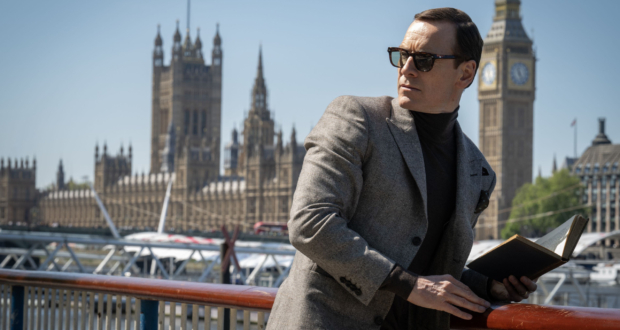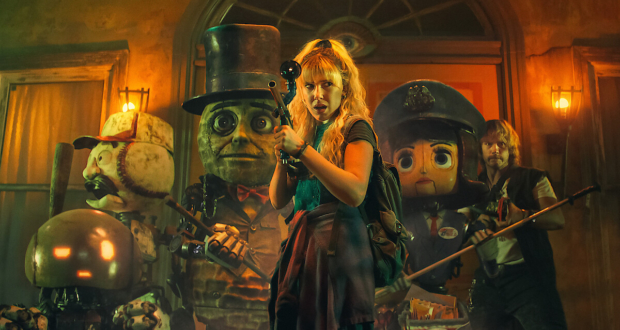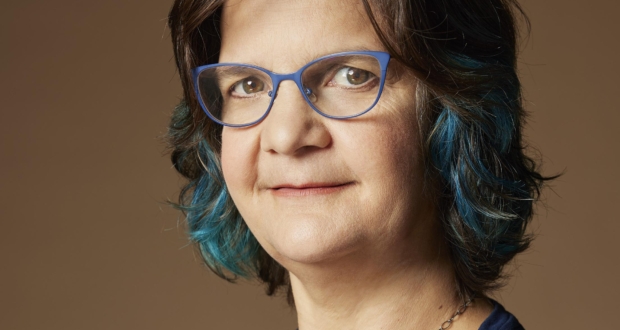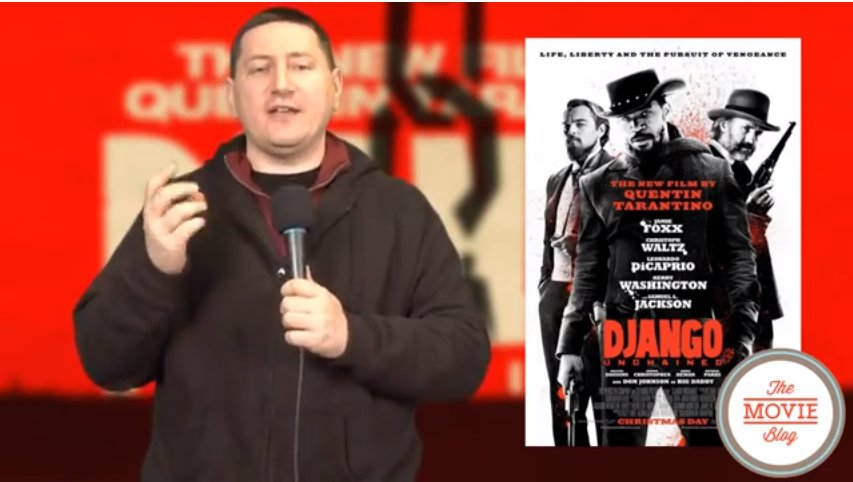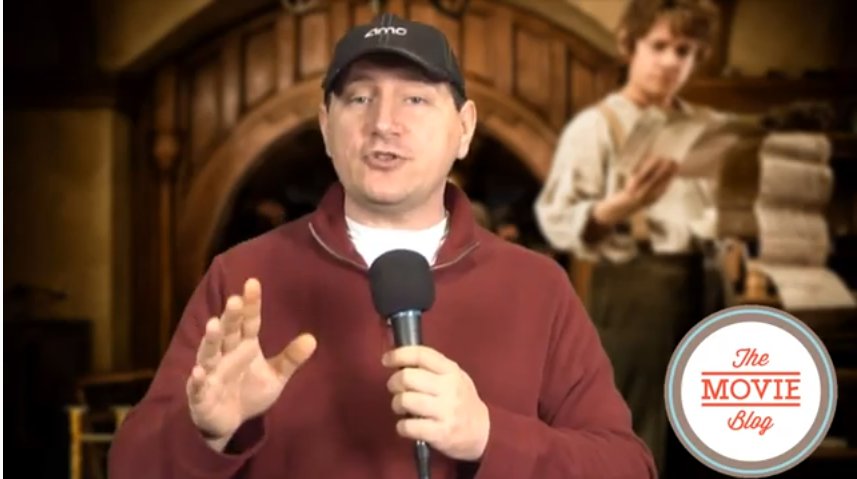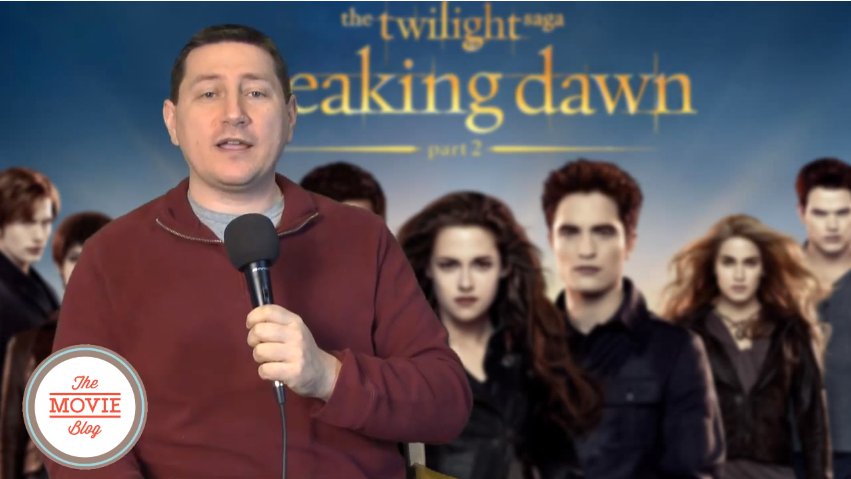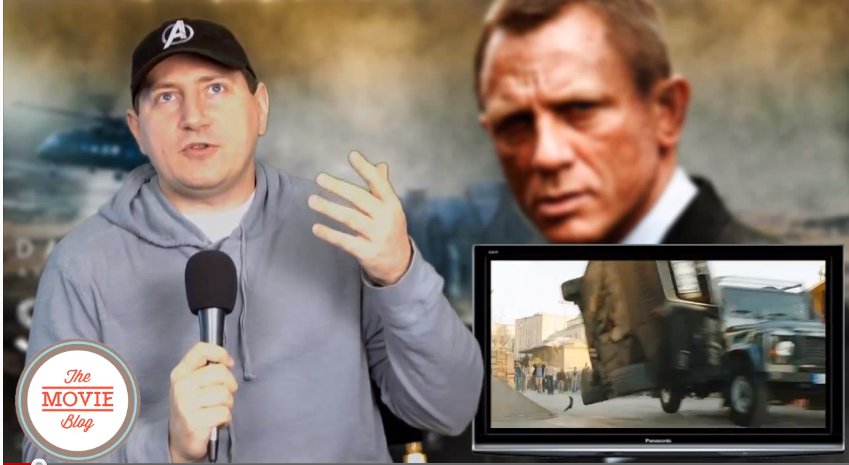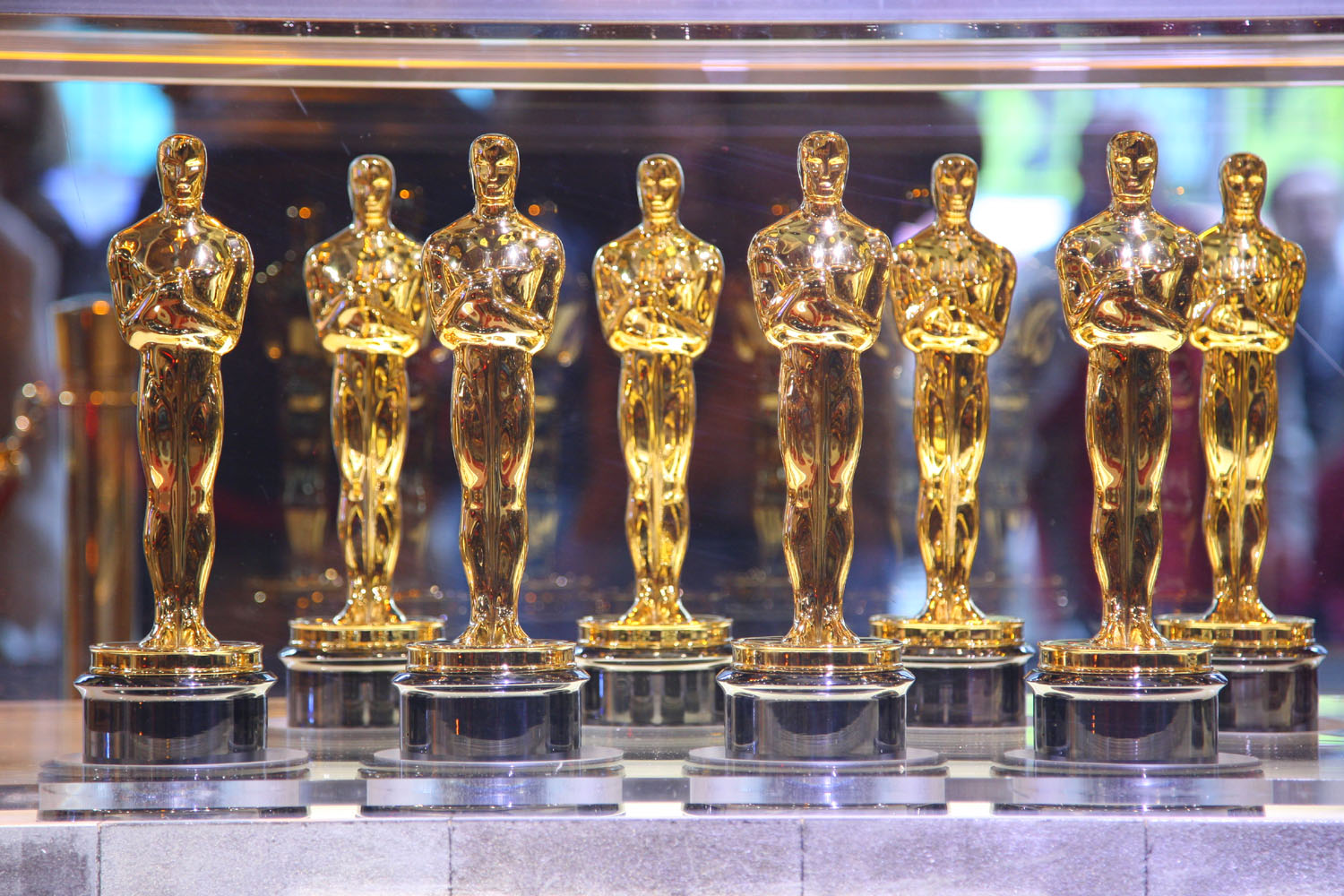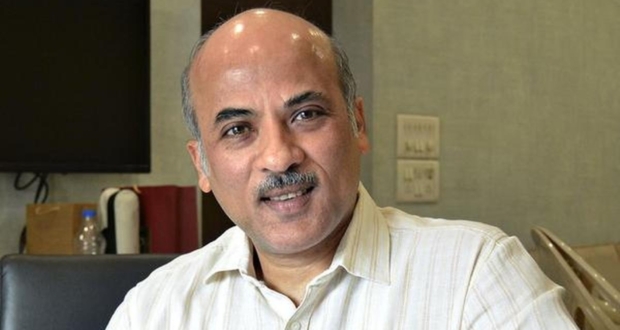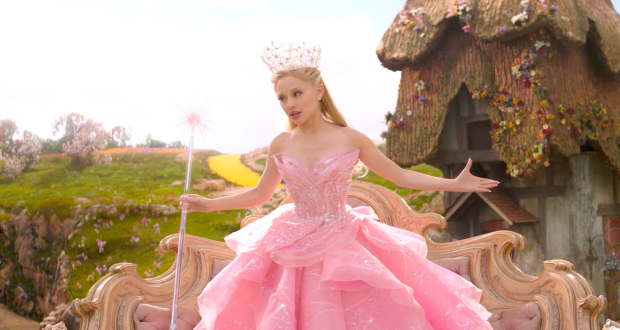 I was thinking that I was in a real minority for a while as I’d seen in previous posts where I criticised the close up fight scenes of the Bourne movies and was pretty much blasted down for it. I thought I was the only one. Not so, a director of a two movie action series has backed up my thoughts.
I was thinking that I was in a real minority for a while as I’d seen in previous posts where I criticised the close up fight scenes of the Bourne movies and was pretty much blasted down for it. I thought I was the only one. Not so, a director of a two movie action series has backed up my thoughts.
ZAP2it have an article on the new Transporter movie, cleverly titled, The Transporter 2, and in it there are some comments from Jason Statham and Louis Leterrier the Director who says…
“I think the best fight scenes are always the ones that are most realistic, the ones that aren’t influenced with CG and wires,” he says. “The best fights you’ll ever see are the stuff that Bruce Lee used to do because it’s always a wider angle so you see the guy doing it. There is no room for fast cuts. A lot of movies you see now you just see fists going and you don’t know who is doing it. It could be my grandma. It’s annoying, but the reason they do it is because a lot of the actors can’t do the fights, so they have to disguise that in some way so they use tight angles and fast cuts.”
I don’t think that just ends with Bruce Lee movies, but most martial arts movies carry the better style of fighting scenes. You can see it in Jackie Chan‘s earlier movies, before he came to the US and fitted in with the Western style of fight, and I think that’s a common theme. The Western way of portraying a fight is with fast cuts and close ups, and you can’t argue that both those have been increased in recent years to the point of cutting so fast, and being so close, that you can’t really tell who’s fighting who and what’s going on.
The way fights are portrayed in Asian martial arts movies, those where a Western influence isn’t so prevalent, you’ll see the wider lens standing back from the action, less cuts so you can take in what is happening, and more of the actual actors involved. For me I think this is the far superior way of filming a fight sequence.
You get to see the action, let the eye capture it and the brain understand it. You see what’s coming in a fight, a punch or a bar being swung towards the character that you can actually identify. It builds tension during the scene, and in a good fight scene you can be just as on edge as with a tense moment in a thriller.
This just doesn’t happen when it’s fast cuts and close ups of fists. The only reason you get tense in these moments is because you can’t see what’s going on and you feel confused. The perfect example of that for me is the scene in the Bourne Supremacy when Bourne is fighting with the guy in his kitchen. During that scene I had no idea who was winning, who was on top, if anyone was getting hurt, I just saw flying fists, rolling bodies and then you saw at the end that Bourne had wrestled him to the floor.
During a fight scene there’s a balance of power, usually you’ll see the goodie take an early lead, then the baddie beats him down, and the goodie comes back to just manage a win. Something along those lines, and that balance of power helps the tension to be built. Not in that example above though, because you just can’t tell who is winning at what point. It’s too fast, too close.
I much prefer the wider, longer cut angle. That way you can see this balance, you see the actual characters involved, and that helps pull you into the action and be more emotionally charged with the action. For a perfect example see the corridor fight scene from Oldoy, that is spectacular.
As Leterrier says, they are done to disguise the fact that the actors can’t do the fights themselves, yet they used to. Even in Western movies the fighting hasn’t always been as close up and cut as current films, there was a time when the actors would get involved. Yet that’s even a sweeping statement, look at what the actors did for The Matrix fight scenes, and they heavily bowed to Eastern cinema for those.
That is extreme though, and with a little training, some cuts, body doubles, etc you can film a fight scene in this way. It takes some time and training, but I think the result is far better and far more effective.
Perhaps it is not the factor of time or training, perhaps it is of money. With the high salary demands of such leading actors, is it perhaps too costly now to keep one, two or even more actors in training for a single fight scene for weeks or even months?
Okay, I’ve talked enough on this subject, and now it’s time for you. Do you agree? Do you think that both styles work, or are you even a fan of the fast cut, close up fights over the wide angle, less cut style? Which do you prefer, what’s your favourite fight scene? Oh, and please try and back up your argument, let’s hear some examples, there’s nothing worse than just shouting in a few words of what you hate or like!
